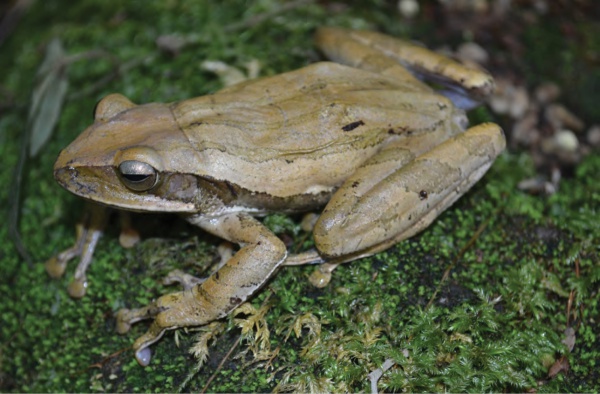Facts About Java Whipping Frog
Polypedates leucomystax, commonly known as the common tree frog, is a member of the shrub frog family Rhacophoridae. This species is also referred to by various names, including the four-lined tree frog, golden tree frog, and striped tree frog. Formerly grouped with the common Indian tree frog, genetic studies have since revealed that they are distinct species. According to the International Union for Conservation of Nature (IUCN), this frog is not currently considered threatened and is actually part of a species complex that includes several cryptic species.
Polypedates leucomystax is widespread across Southeast Asia. Recent genetic research has provided more precise information about their geographic distribution. These frogs began diverging into different species during the Pliocene era, and their range has expanded further due to human activities. Scientists have identified various genetic lineages within the species, some of which may represent cryptic species—organisms that appear similar but are genetically distinct. These frogs are highly adaptable, inhabiting environments such as forests, urban areas, ponds, and agricultural lands.
Morphologically, Polypedates leucomystax is a small frog with considerable variability in body coloration. One of their distinguishing features is their webbed hind feet. During the breeding season, these frogs favor shallow pools for laying their eggs. Females create a foam nest above the water, where the tadpoles develop before falling into the water to complete their metamorphosis into adult frogs. These frogs are also popular in the pet trade, frequently kept in vivariums.

 Thailand
Thailand